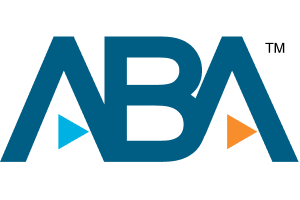Predatory Lending
Banks and Creditors sometimes use unfair, deceptive or fraudulent methods to make a loan and then impose unfair and abusive terms on the borrowers. This is called predatory lending and the practice has greatly contributed to the current home foreclosure crisis in America.
What’s an example predatory lending and how does it work? A lender makes a loan that a person would normally not qualify to receive. This is done in a number of ways but usually involves a falsehood, such as inflating the person’s income, overvaluing a property, or falsifying records and data used to determine eligibility for a loan. Adjustable-rate mortgages or mortgages with large balloon payments are also used – providing the homeowner with a low payment to start and then increasing the payment well beyond what they can afford.
Some of the practices of predatory lenders include:
- Falsifying income, expenses or down payment amounts so that borrowers could get a loan.
- Using false appraisals so that more money could be lent than the home is worth.
- Making or arranging for loans they know the borrower cannot afford to pay back.
- Targeting cash-strapped borrowers with refinancing offers.
- High pressure sales with high interest rate financing.
Predatory mortgage lending can also involve charging high fees to process the loans. They may also provide kickbacks to brokers with those charges being paid by the borrower. Predatory loans will often have high fees that discourage a borrower from paying off a loan early. The predatory lender will sometimes require the buyer to purchase costly products such as unnecessary insurances.
Because predatory loans are usually secured loans, the lender has something to gain if the borrower defaults. So, by tricking a person into taking out a loan for a house they cannot afford, a lender will receive payments for a period of time and then get the property back during foreclosure and sell it for a profit.
Now that the median price of homes has dropped, predatory lending is not as lucrative but is still being practiced by unethical lenders and is alive and well in other types of lending as well, particularly car loans.
A dealer could repossess a used car for example and sell it several times over at the same price to buyers who default on the loan. The dealer pockets the down payment, payments that typically include high interest rates, and then repossesses and resells the car once the buyer stops making payments.
Other types of lending may also be predatory — credit cards and payday loans for example, often include exorbitant interest rates well in excess of 100 percent.
Victims of predatory loans and predatory lending practices should call the Lawyers at Charles L. Neustein P.A. in Miami, Florida for a free consultation.







